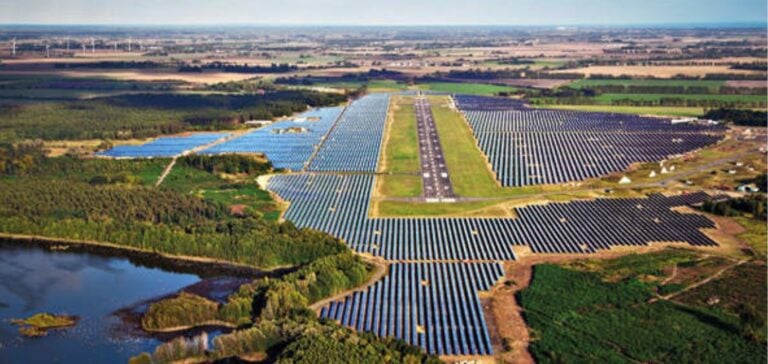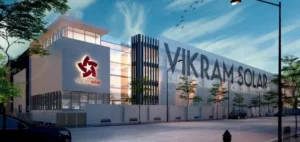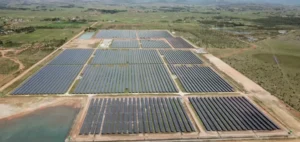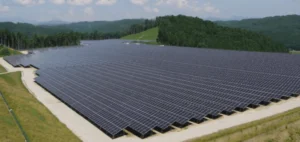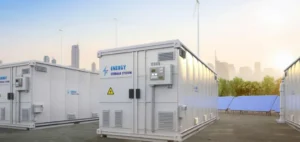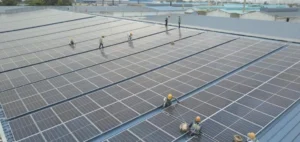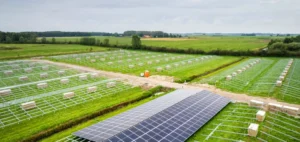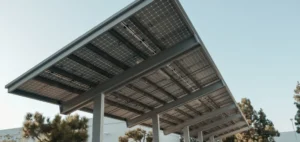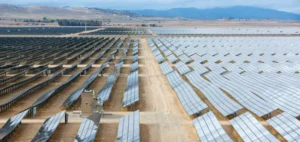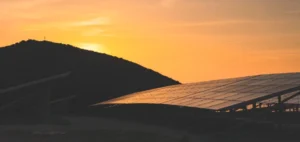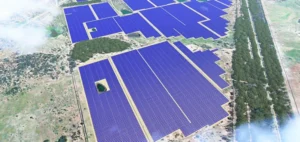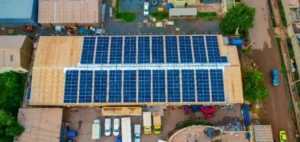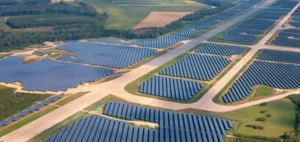Germany continues to strengthen its position as a leader in the solar energy sector, with a significant increase in photovoltaic capacity by 2024. This development comes as the country strives to achieve ambitious targets for renewable energy production.
Installed solar capacity has crossed significant thresholds, testifying to a strong commitment to the energy transition.
Recent data show that Germany installed around 10.2 GW of new solar photovoltaic capacity between January and August 2024, bringing total capacity to over 92.23 GW.
Monthly installations reveal sustained momentum.
In January, 1.25 GW were added, bringing cumulative capacity to 82.19 GW.
In July, a further 1.4 GW were installed, bringing the total to 92.23 GW.
In August, 1.05 GW were added, bringing the total of new installations to 8.99 GW for the first eight months of the year.
This trend indicates not only continued growth, but also a willingness to diversify renewable energy sources.
Geographical Distribution and Project Types
The geographical distribution of solar installations in Germany in 2024 shows a concentration in certain regions.
Bavaria stands out as the most active region, with 1.7 GW of capacity added in the first half of the year.
Other regions, such as Baden-Württemberg and North Rhine-Westphalia, also made significant contributions, each exceeding 1 GW of installations.
This geographical diversity underlines the commitment of different regions to adopting renewable energy solutions.
In terms of project types, rooftop installations, whether residential or commercial, account for the majority of additions.
In January, for example, around 816.5 MW of new capacity came from this segment.
Large-scale projects, often in the form of power purchase agreements (PPAs) or via tenders, complete this landscape.
This combination of projects of different sizes and types allows for greater flexibility and resilience in the energy system.
Long-term objectives and investments
Germany has set ambitious targets for its long-term solar capacity, aiming for 215 GW by 2030, in line with the National Energy-Climate Plan (NECP).
To reach this target, the country needs to install more than 1,574 MW per month until 2030.
This sustained pace is essential to meet the growing demand for renewable energy and reduce dependence on fossil fuels.
Investment in the solar sector continues to grow, supported by government reforms such as “Solarpaket I”.
These reforms favor both large-scale ground-mounted solar power plants and distributed rooftop projects.
In addition, the promotion of “solar-plus-storage” projects enables more stable grid management, by integrating solar production with energy storage solutions.
This innovative approach contributes to the reliability and efficiency of the energy system.
Key players and solar’s share of the energy mix
Several companies play a crucial role in the development and management of solar projects in Germany.
EnBW (Energie Baden-Württemberg AG) is involved in the construction of some of the largest solar parks, such as the Weesow-Willmersdorf solar park.
RWE Renewables focuses on the development of solar-plus-storage projects, while BayWa r.e. specializes in the development, sale and management of solar projects.
Lightsource bp, in collaboration with BP, is also developing solar projects across the country.
Solar energy is playing an increasingly important role in Germany’s energy mix.
In 2023, it accounted for around 10.6% of total electricity production, and with the addition of new capacity, this share should exceed 12% by 2024.
By comparison, wind power, which remains the main source of renewable electricity, accounted for around 25% of the energy mix.
This development underlines the growing importance of renewable energies in the country’s energy strategy.
Financing and Solar Asset Owners
The development of solar projects in Germany relies on a diversified mix of financing.
Infrastructure funds and institutional investors, such as Allianz Global Investors and Munich Re, play a key role in financing these projects.
In addition, long-term power purchase agreements (PPAs) with major technology and industrial companies, such as Google and Amazon, help secure renewable energy sources for their European operations.
This financing dynamic is essential to support the continued growth of the solar sector.
Companies and investors recognize the importance of renewable energy in the energy transition and are committed to investing in projects that meet this growing demand.
Government initiatives and ongoing reforms are also reinforcing this trend, creating an environment conducive to the expansion of solar capacity in Germany.
Recent developments in the German solar sector illustrate a collective determination to achieve ambitious renewable energy targets.
Growing investment, the diversity of projects and the commitment of key companies all testify to a positive dynamic that could transform the country’s energy landscape in the years to come.


